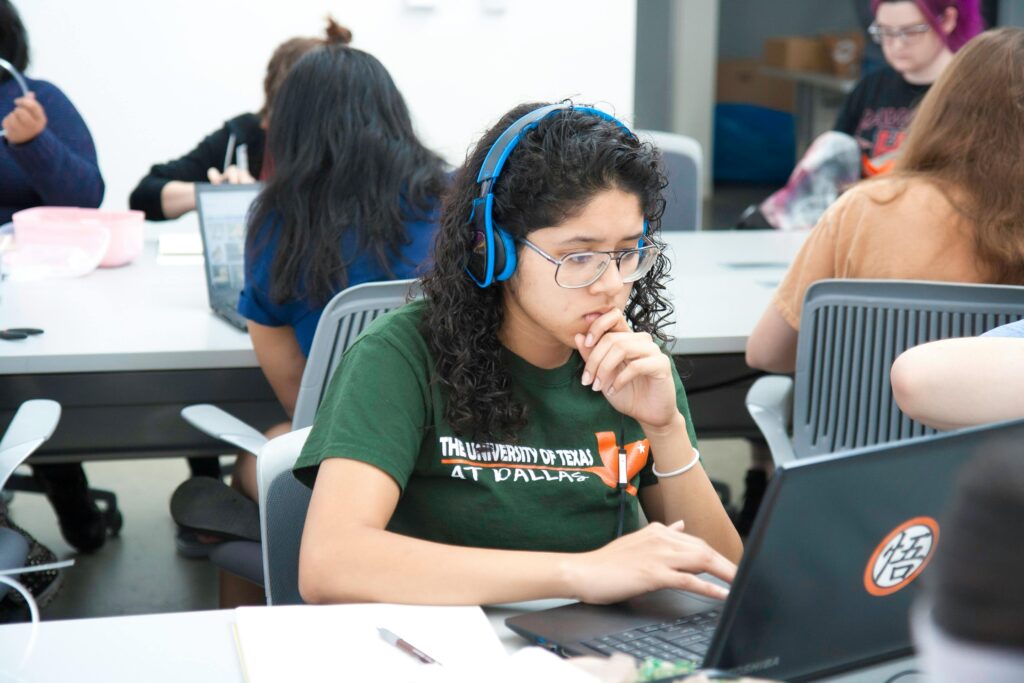
Interactive quizzes are more than just fun add-ons to online courses—they’re powerful tools for building comprehension, focus, and retention. When thoughtfully integrated into lessons, they transform passive learning into active participation. For students working on their typing fluency, quizzes can make practice engaging while also testing knowledge in real time.
Why Quizzes Elevate Learning

Quizzes give learners instant feedback, helping them spot areas that need review. This timely input encourages self-correction and boosts confidence. Compared to traditional assessments, interactive quizzes break content into manageable pieces, which is ideal for students balancing typing practice with digital coursework.
They also activate recall, prompting students to retrieve information from memory rather than simply re-reading material. This process strengthens neural connections, which is key to retaining new skills—whether memorizing historical dates, understanding math formulas, or perfecting keyboard shortcuts.
Another benefit is how quizzes gamify lessons. Points, timers, and badges can motivate students to focus on accuracy and speed. Pairing a typing challenge with quiz questions, for example, makes study sessions lively and productive.
Want to take your practice to the next level? Try Typesy’s built-in assessments and games to track your typing growth while keeping learning exciting.
Designing Effective Interactive Quizzes

Good quizzes don’t just test knowledge; they enhance it. Start by aligning questions with your learning goals. If you’re working on digital study strategies, include items that check understanding of note-taking systems or screen organization tips. For typing, design exercises that combine content with timed text entry—like answering vocabulary questions by typing complete sentences.
Balance difficulty by mixing multiple-choice, true-or-false, and short-answer questions. Keep them concise but challenging enough to encourage focus. Visual elements, such as icons or progress bars, help students see their advancement and maintain motivation.
When building quizzes for younger learners, prioritize clarity and simplicity. Combine quick typing prompts with questions to encourage correct hand placement and steady speed. Older students can handle more complex formats, such as case studies or scenario-based questions that mimic real-life problem solving.
Integrating Quizzes Into Daily Learning
Adding quizzes to everyday study routines ensures steady reinforcement. Incorporate a short assessment at the end of each lesson or after completing a reading assignment. For typing improvement, include tasks like transcribing a paragraph or identifying errors within a timed exercise.
Interactive quizzes also work well as warm-ups or cool-downs during virtual classes. They help focus attention, making it easier for students to transition into or out of learning sessions. Teachers can track results to identify trends and offer targeted guidance, while students see firsthand how consistent effort leads to progress.
Most importantly, quizzes encourage reflection. By reviewing results, learners can celebrate strengths and set goals for areas that need improvement—whether refining keyboard accuracy, sharpening memory, or adopting healthy screen habits.
Explore Typesy’s library of practice tests and quizzes to keep your skills sharp and measure your growth over time.
